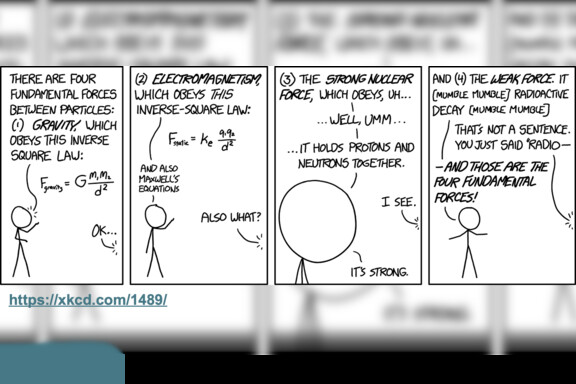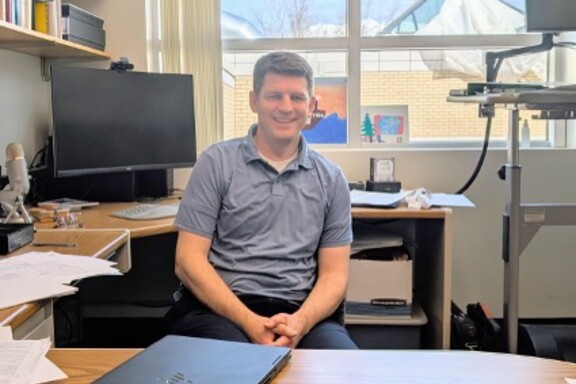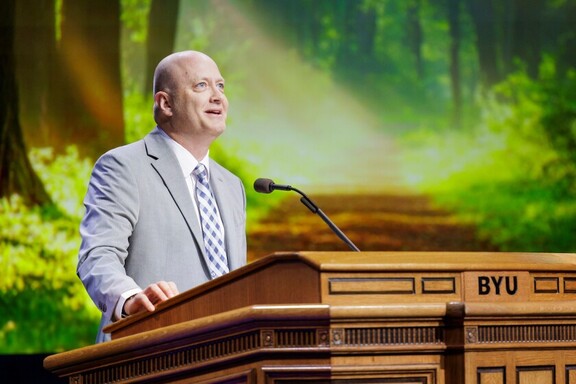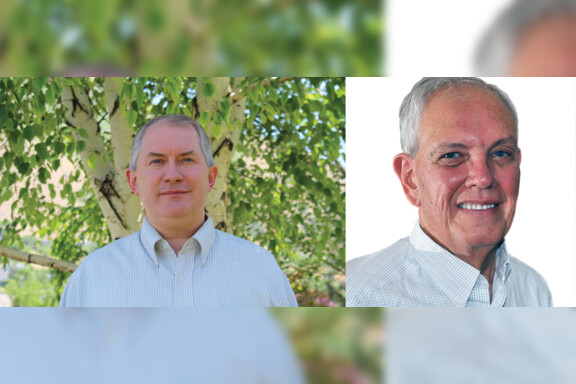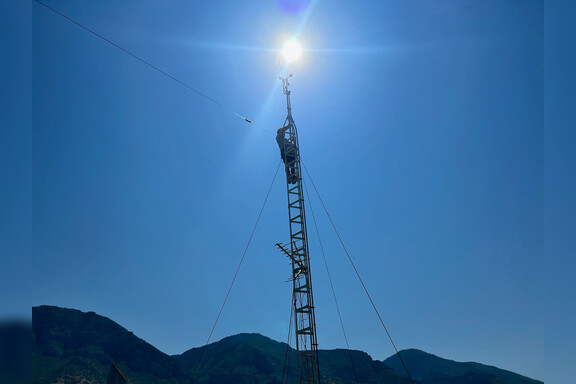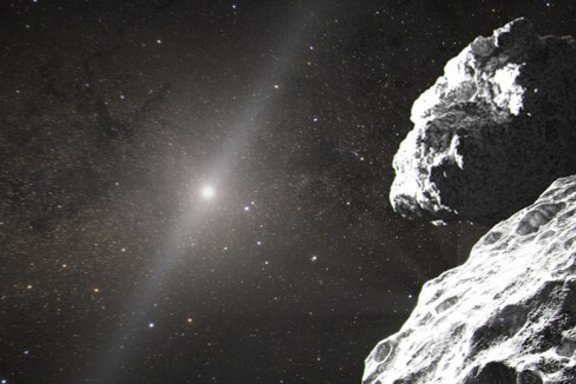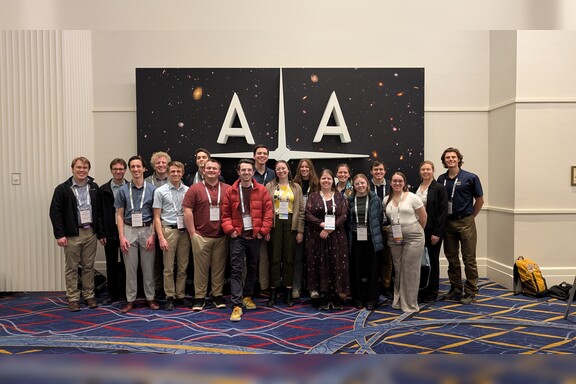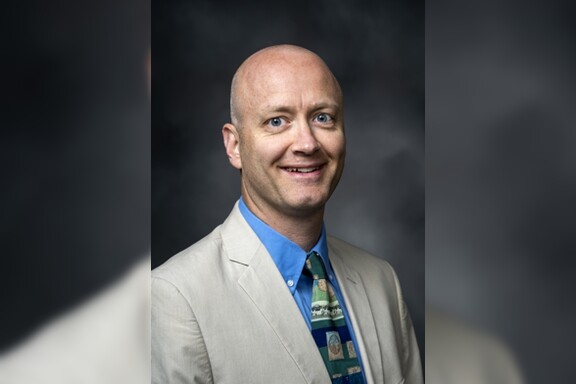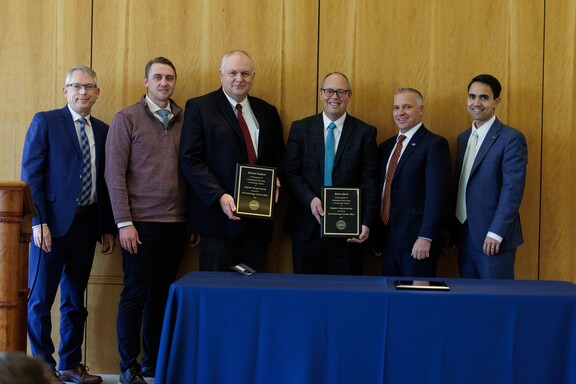When Jazmin Myres started at BYU in 2010, she came with a love of music and a plan to major in math. However, after taking a few physics classes, she found that physics incorporated the best of both worlds–her skills at math and her interest in music.
“I ended up in the acoustics research group,” Myres said. “I worked with jet noise primarily, but they do a lot of music-related acoustics. That's what really got me interested in physics–the combination of math solving musical problems.”
Since then, Myres has been able to turn her hobby into a career. After graduating from BYU in 2014 with a degree in applied physics, she landed a job in Maryland with the Naval Air Systems Command (NAVAIR). Her time is divided between two projects. One is defense-related sonar systems design. The other is related to the acoustics of military jet noise.
“I was drawn to NAVAIR because the work related directly to my research and interest in acoustics. They work on aero-acoustics
and underwater acoustics, both fields which I am very interested in,” said Myres. “It is also a pleasure to work for the Department of Defense and serve our country as a civilian.” As a Sonar Systems Design Physicist,
Myres develops signal processing algorithms and code to identify underwater targets, which is anything that threatens National Security. This work directly protects American troops, coasts, and interests.
“It is extremely important to maintain military dominance of the seas, and sonar systems is one tool that our military uses to do that,” Myres said.
In her other role, she works as a team leader alongside three other young engineers to solve problems such as converting acoustical energy from jet noise into usable electric power. The work Myres does is hands-on and allows her to engage with problem solving. “It's really fun to have a problem and be able to find a solution,” Myres said. “There's often more than one right solution, but it's really exciting when you have a challenge . . . and you can find an answer. It's super rewarding for me.”
During her time at BYU, Myres was able to get unique hands-on opportunities alongside her professors, even as an undergraduate. She was able to work with many professors she loved and gain experience that proved valuable in the field.
“At BYU, they are really unique in allowing undergraduates to do significant research. I haven't really seen that in any other universities,”
Myres said. “Everyone is really impressed that undergraduates at BYU have such an opportunity to work directly with professors.”
Because of her research experience and the internships she did, she was able to graduate in April 2014 with the job at NAVAIR already lined up and was able to start working the following August.
“Physics can take you a lot of different places,” said Myres. “You'll always be able to find a job.”
BYU Physics and Astronomy was a great place for Myers to start her career. Like many graduates of the department, she deeply appreciates the investment the professors, the department, and the university made in her education.
Interview 2015
News and Events
